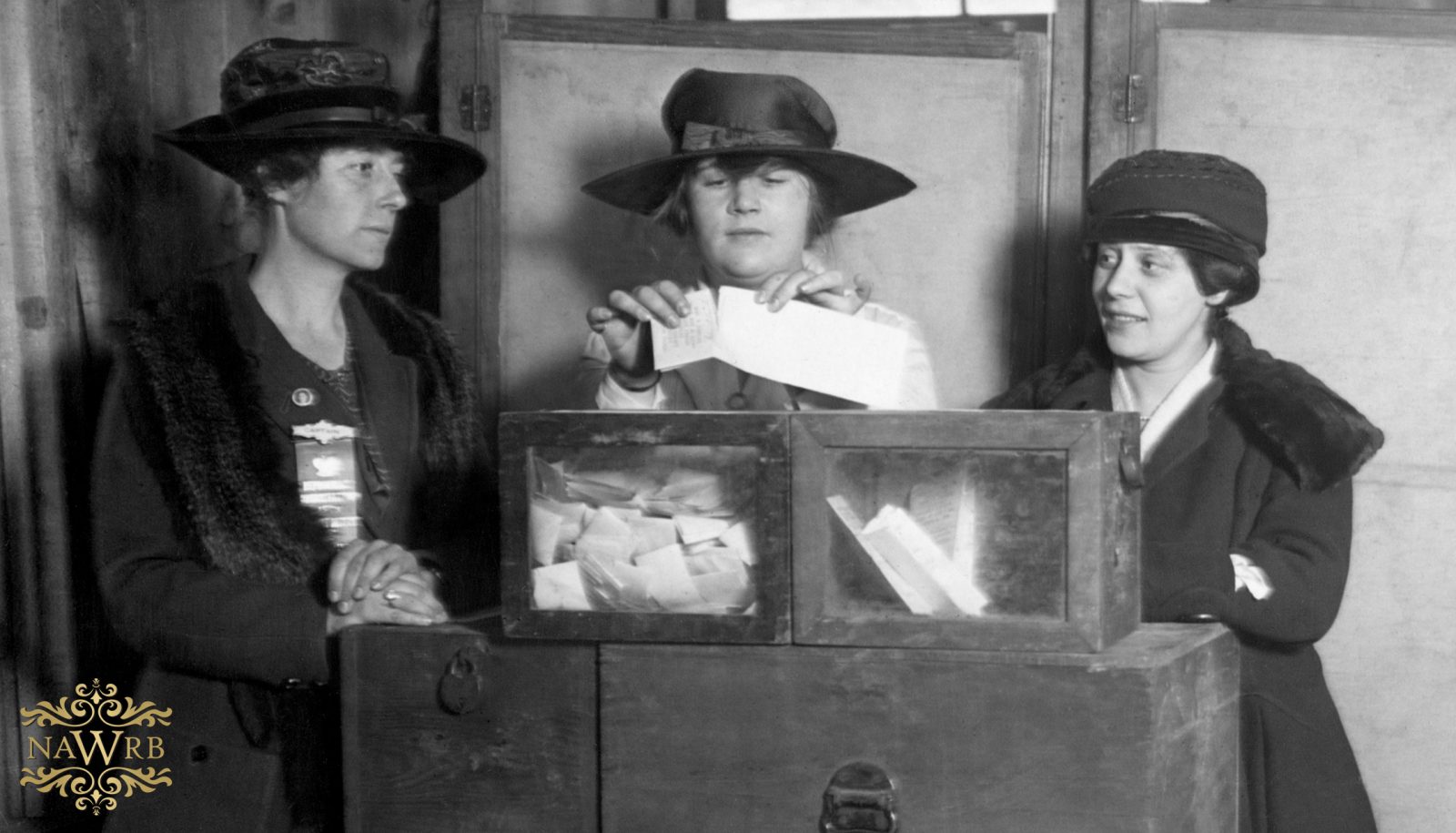Today marks Women’s Equality Day, a day established in 1973 to commemorate the same day in 1920 when women were first granted the right to vote in the United States. This year is the 99th anniversary of women’s right to vote, and women have been voting more than their male counterparts since 1980. The voter turnout in 2018 was 55 percent for women and 51.8 percent for men. In 2014, women’s turnout was 43 percent and men’s turnout was 40.8 percent.
Passed by Congress in 1919 and ratified by the states in 1920, the 19th amendment gave women the right to vote after decades of dedicated activism by suffrage leaders such as Susan B. Anthony, Elizabeth Cady Stanton and Lucy Stone. Women’s suffrage was a crucial step towards women’s equality, and if we judge by the political representation women currently receive, there are many steps to go.
However, there has been significant progress this year. Over 118 women now serve in the 116th Congress, an increase from the current number of 107. Likewise, women have increased their representation in Congress by at least 2 percent. Also, many of these women were first-time candidates, inspired by the recent political climate to get involved and make a difference.
The 116th Congress features a number of firsts due to the uptick in women elects, including a record number of non-incumbents and women of color and the youngest woman ever to be elected to Congress, Alexandria Ocasio-Cortez.
In Volume I: Diversity & Inclusion – Gender Lens of the NAWRB 2019 Women in the Housing Ecosystem Report (WHER), we look at female representation in leadership in various industries. Below is an excerpt on the gender gap in views of women’s leadership in the corporate and political sphere.
“Discussions of gender diversity in the workplace, especially in top executive positions and boards, has been a more prominent public concern; however, the advancement of women in these levels has been slow. Gender discrimination and unconscious biases are still obstacles women professionals have to face when attempting to climb the corporate ladder. This is especially true for women of color, who represent only one in 25 senior leaders.
One obstacle is a wide gender gap in perspectives on whether women are well represented in leadership positions and the obstacles they may face reaching them. According to a Pew Research Center study, about seven in ten women believe there are too few women in top executive positions and high political offices, compared to approximately half of men who believe the same.
Women are more likely than men to recognize the structural barriers and high expectations that hold women back from gaining these top positions. About seven in ten women, compared to half of men, believe that women need to do more to prove themselves in order to attain executive positions. Moreover, while 60 percent of women say gender discrimination is a major obstacle to female leadership in the corporate world and politics, only 44 percent of men think this is true for corporate sphere and 36 percent for the political sphere.”
Volume I highlights the issues women face when climbing up the corporate ladder, such as lack of advancement opportunities and mentorship, conscious bias, harassment and more. We also discuss promising diversity and inclusion strategies, as well as advocacy efforts for gender-diverse leadership taking place at the corporate and legislative levels.
About 2019 NAWRB WHER
The 2019 NAWRB Women Housing Ecosystem Report (WHER) is the third installment of the most diverse coverage of the Housing Ecosystem with over sixty resources in six volumes: Diversity & Inclusion, Homeownership, Women-Owned Businesses, STEM, Aging Population, and Family Offices with a gender lens perspective. Learn more about each of the volumes and order a copy of the 2019 NAWRB WHER at https://www.nawrb.com/womenhousingecosystem/.

 Login
Login

